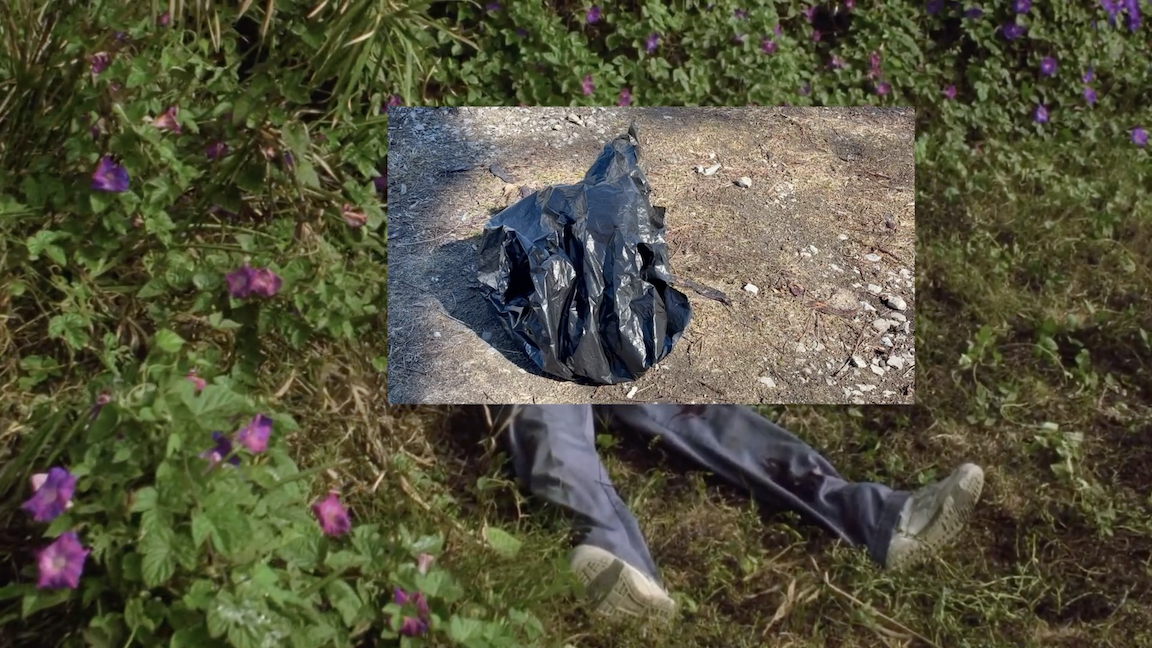In this exhibition, I have created an art installation as a speculative spatial model for reflecting upon, grieving, and resisting the violences of anti-Blackness. This installation is a physical synthesis of textual, sonic, and visual elements I’ve developed for live performance and exhibition as part of my “A.N.M. (this is what I mean)” series. Through this series, I have made and performed sound works, writing, and image-based works that serve as poetic and critical responses to the afterlives of Black social and actual death.
In particular, my installation focuses on the stories of two Black men, Micah Xavier Johnson and Gavin Eugene Long, who were both killed by police in July 2016 in response to their attacks and killing of police in Dallas, TX, and Baton Rouge, LA, respectively. Johnson and Long were both motivated to attack police in response to the killings of Alton Sterling in Baton Rouge, LA, and Philando Castile in Minneapolis-St. Paul, MN, whose lives were taken by police earlier in July 2016. I am interested in this particular and unfortunate cycle, or loop, of violence, which begins with state violence against Black men, then escalates with an extralegal violent response by other Black men against law enforcement, and finally ends with state violence against Black men.
I use the term “post-postmortem” to describe my exploration of the atmospheres of Johnson and Long’s deaths. I consider the “post-postmortem” as an artistic methodology, and describe it as an unofficial, critical examination of the official state and popular media narratives and social contexts surrounding citizen deaths, particularly those deaths occurring at the hand of state and extralegal violences. I acknowledge that the circumstances of Johnson and Long’s deaths, and the deaths of the officers killed by their violent retaliation, are all difficult and heavy subjects to bring into an art exhibition context. My intent in working with these histories is not to provoke further anger or suffering on the part of myself or the audience, but to critically acknowledge and examine the social and political circumstances under which these deadly violences occurred. I also seek to offer a physical space where the mourning and grieving of Black death (whatever the cause), and the loss of Black lives, might collectively occur.
